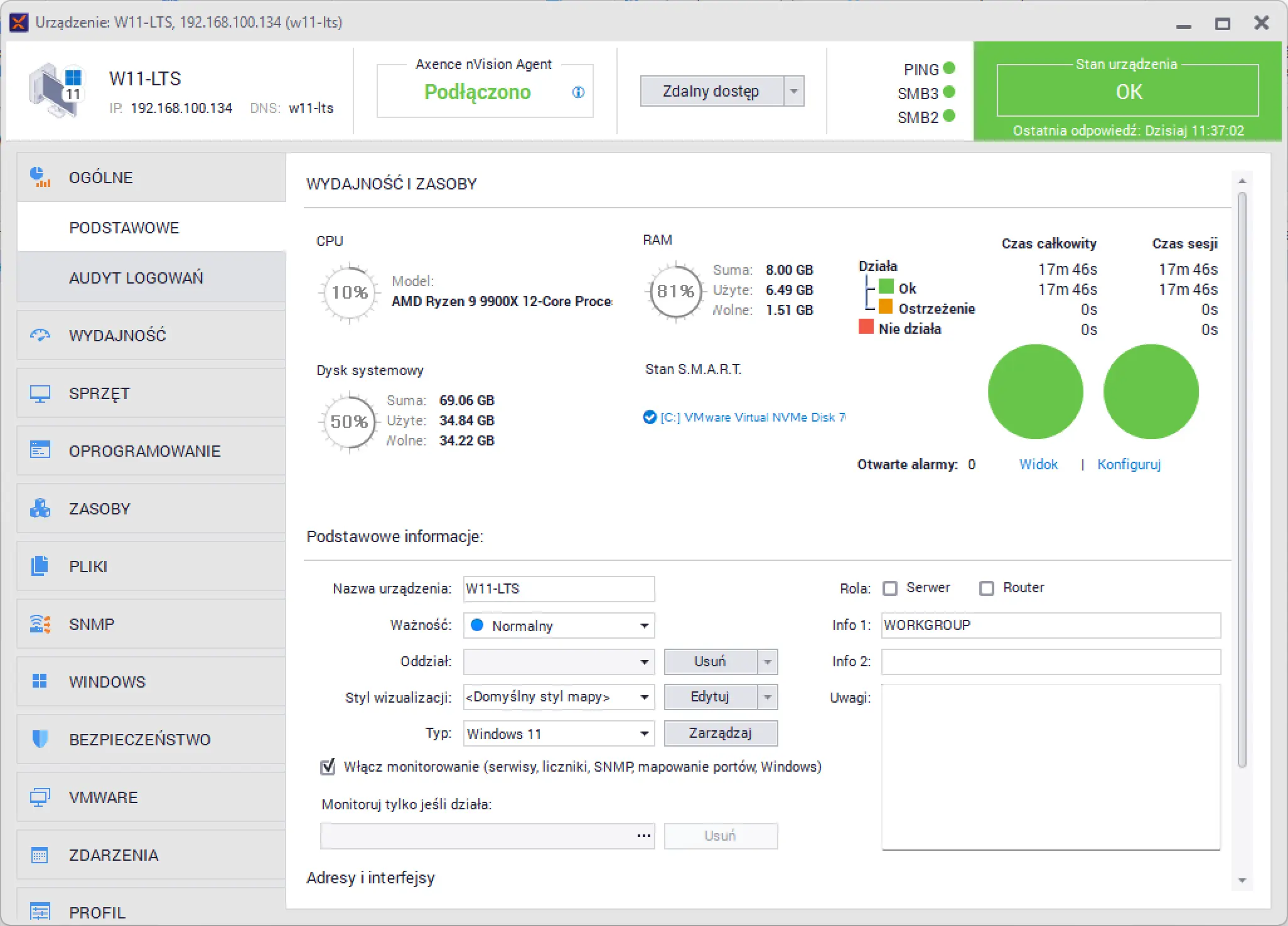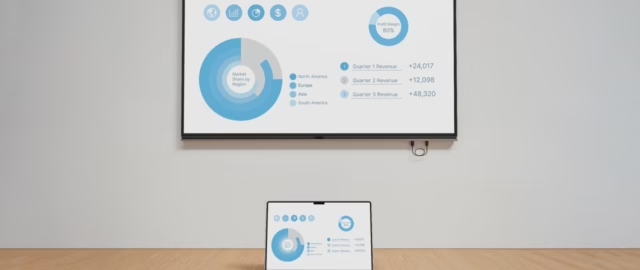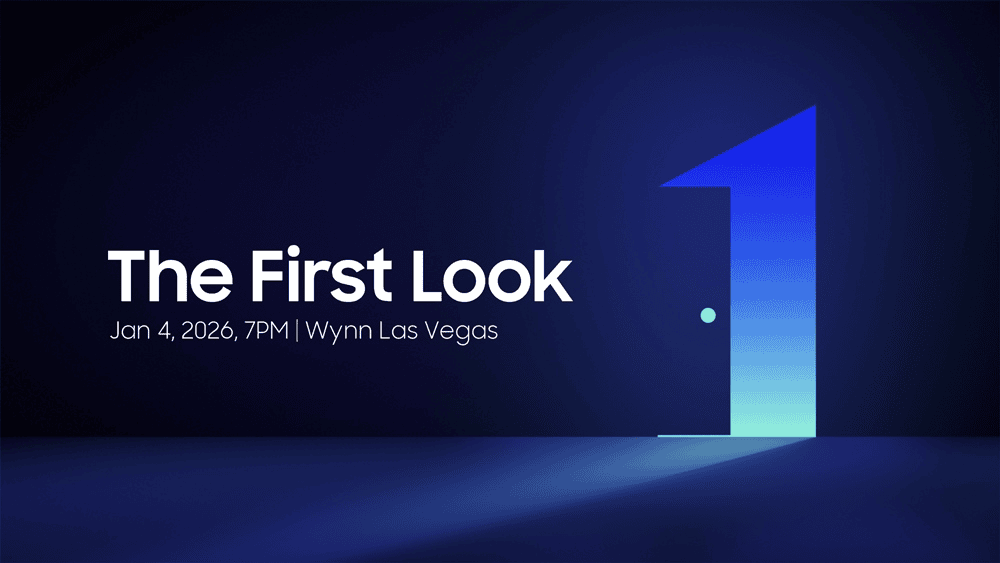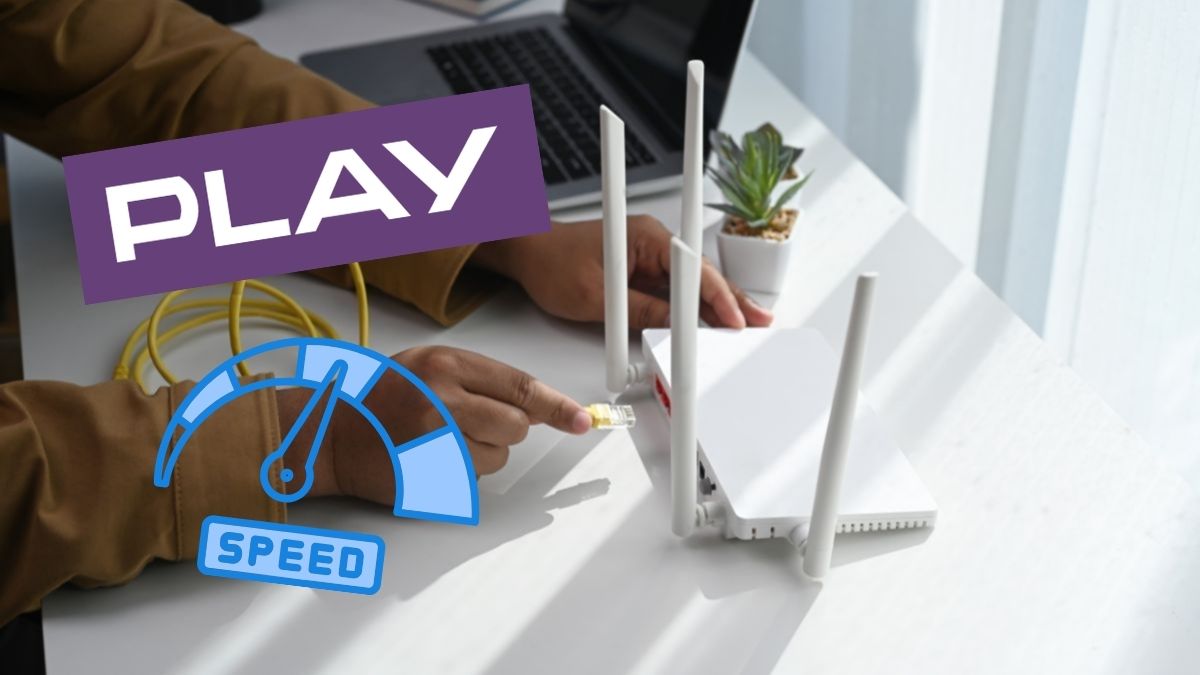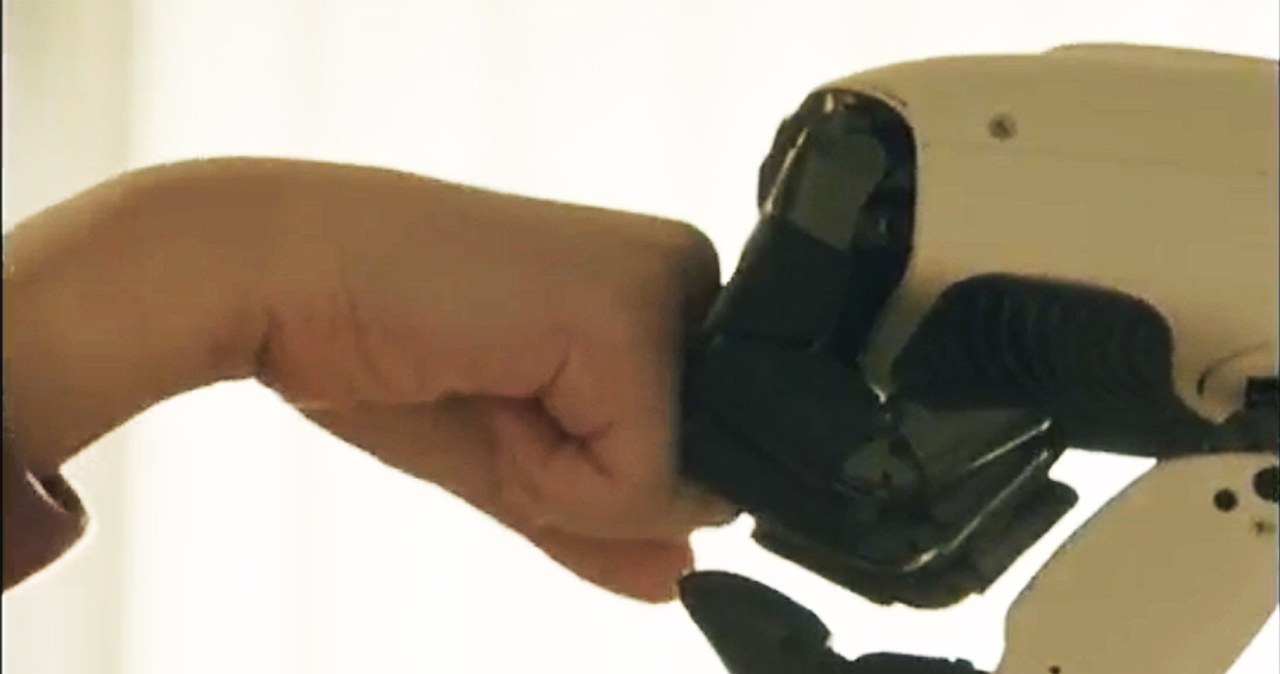OSINT analysts are experts who navigate effortlessly through various applications. They work with text, photos, videos, and even audio—any type of digital information that allows them to draw meaningful conclusions. 🕵️♂️💻
But do you need to be an IT specialist to become an OSINT analyst? Absolutely not! Anyone can demonstrate proficiency in navigating the internet! However, one thing is certain—the outcome of such an internet detective’s work is usually some form of a report for the client. And that is a document! So, what should it contain? 📄✅
Of course, clear and understandable text! It should be transparent and comprehensible to the reader, with proper justifications for conclusions, documented evidence, and all forms of visual support that illustrate the analysis process and the information obtained. ✍️🔍
This document shouldn’t be 500 pages long with key conclusions hidden at the end. It should start with a concise and clear summary that conveys the essence of the analyzed issue, followed by detailed findings and evidence in the subsequent sections. 📚🗂️
Remember, the person receiving this report will likely have less time than you had to prepare it and less knowledge about the tools and data you used. Therefore, strive to present your findings as simply and clearly as possible. Highlight key points where you want to emphasize the importance of certain parts of your analysis. 🕒🎯
What does this tell us? Another crucial conclusion—an OSINT analyst must be an excellent writer. They need to be able to tell the story of their findings in a way that is clear, readable, and truly supports business processes and decision-making at various organizational levels. 🏢📝
Of course, there are also analyses and verifications aimed at assessing the credibility of individual selectors. These are done quickly and provide straightforward answers. But the world is often more complex and requires a comprehensive approach. 🌐🔬
What supports us in the daily work of OSINT analysts? Visualizations! Graphs are the most popular and widely used, but to effectively convey conclusions, don’t forget other forms—different types of charts (e.g., line, pie, bar), as well as timelines and geospatial visualizations. 📈🗺️
A timeline is a fantastic way to show a sequence of events and their interrelations. These events usually occur in both time and space, so combining them with a map can reveal spatial dependencies. This offers a different dimension to data visualization and interpretation. All these techniques serve one purpose—to look at the issue from a new perspective and uncover important, sometimes critical processes. 🕰️🔗
Think about it! 😊








